I’m going to be honest: fundraising is not all that exciting in the grand scheme of things. It’s certainly no skydiving.
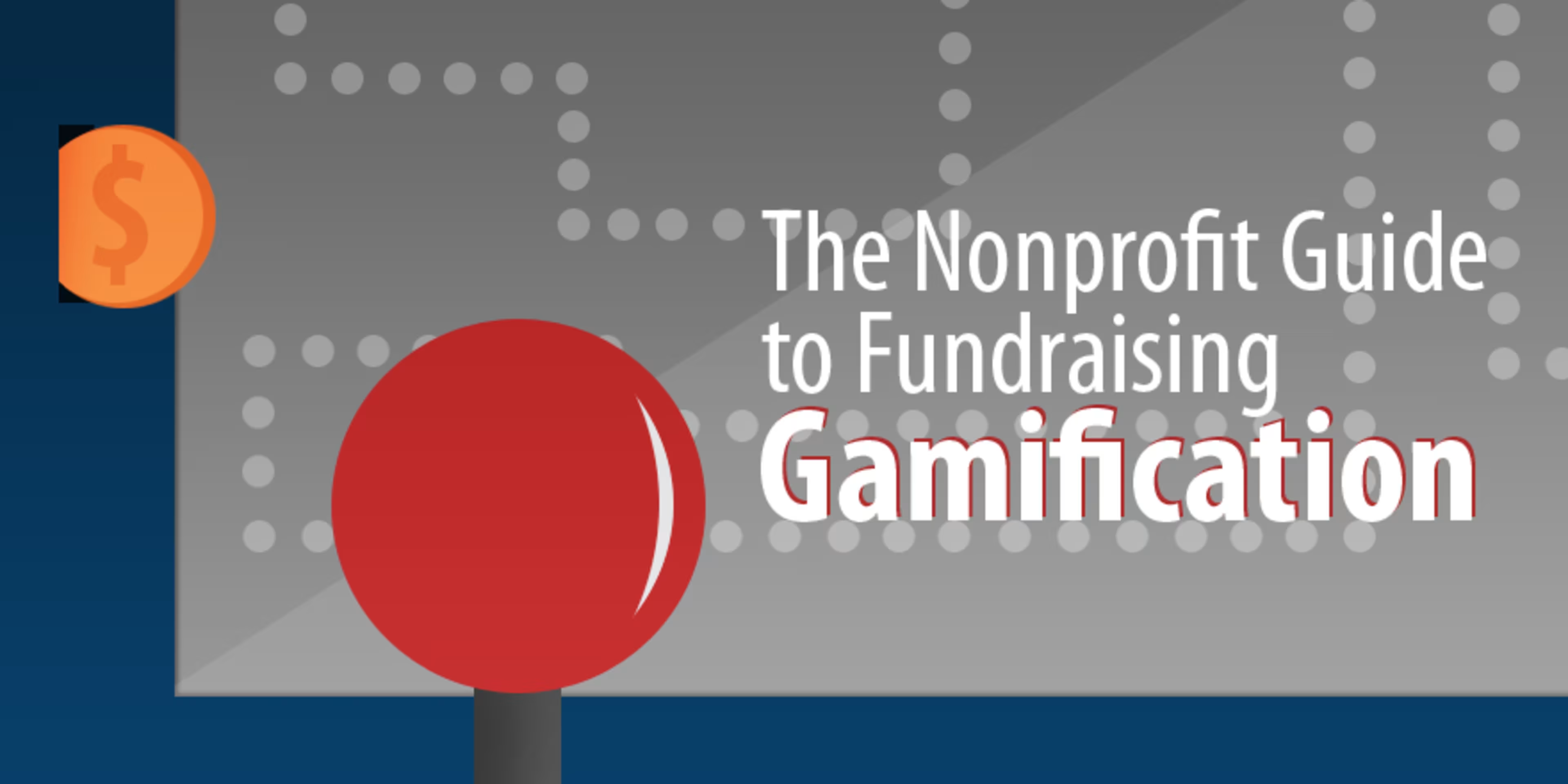
While plenty of people get satisfaction from donating money to a cause they believe in, most need an extra boost to get them to hand over their hard-earned money for a charitable cause.

Like Morpheus just said, what if I told you fundraising could be fun?
Fun like a game.
“Gamification” is the application of game elements into activities that are not typically game-related. Gamification creates interest, competition, and incentives for participation, which is always a benefit for your fundraising initiative.
This nonprofit guide to fundraising gamification will break down what it is, and how to do it to raise more from your donors.

Click to enlarge.
Benefits of Fundraising Gamification
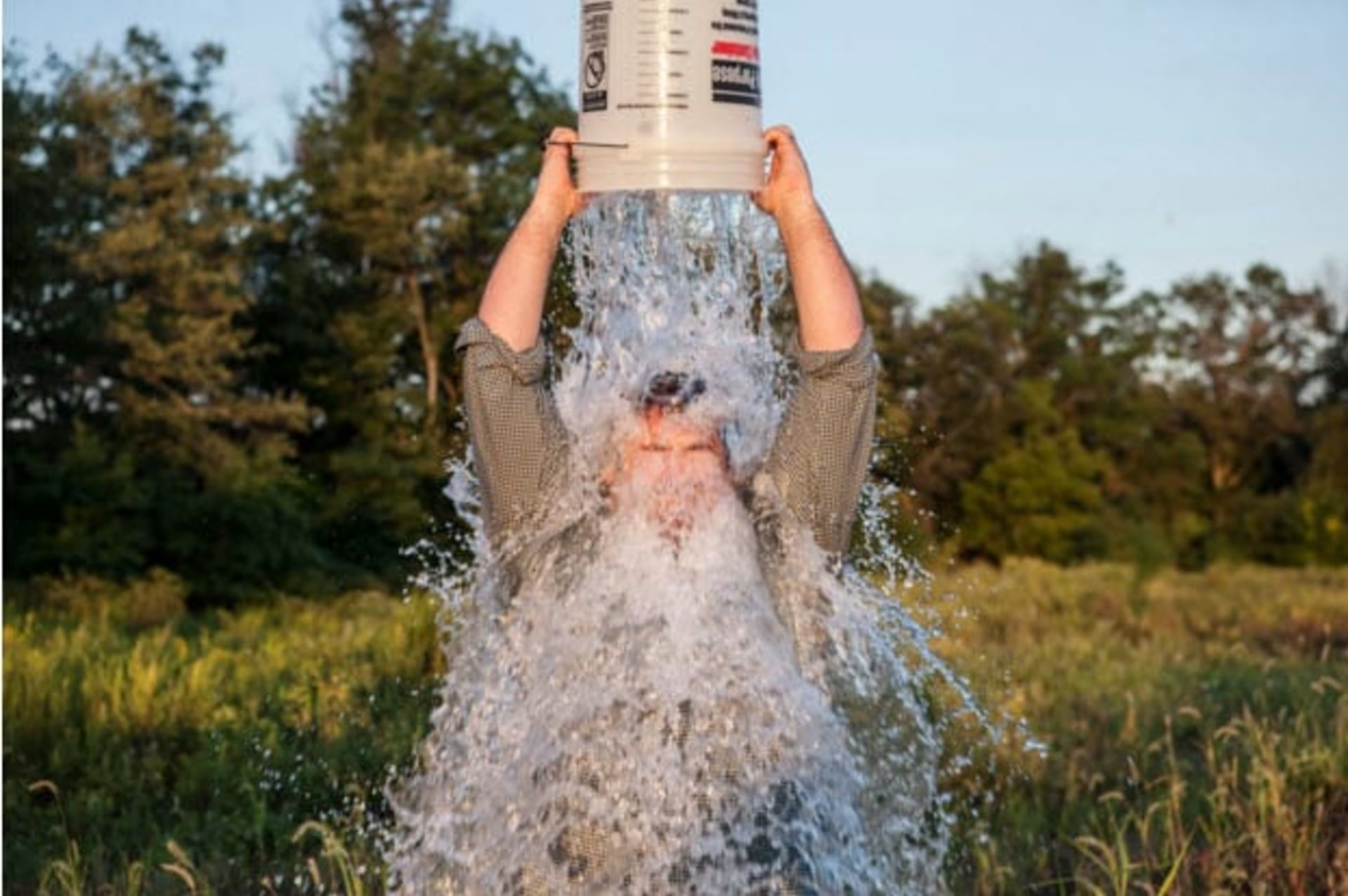
1. Increased Engagement
Objective number one for any nonprofit is to increase engagement with its members and potential donors. Luckily one of the key benefits of gamification is the boost in engagement that it brings. In fact, a 2015 survey on gamification showed that 89% of people think that a gamified system would boost their engagement.
2. Creates a Competitive Environment
Healthy and friendly competition is always a benefit to fundraising, especially among male donors. Competition can boost donation amounts and donation regularity. In fact, according to Science Daily, men will donate around four times more money in response to a donation made by another male. Gamification creates an environment of healthy competition between participants by use of progress meters, points, and rewards.
3. Virality
The social and engaging nature of gamification tends to have a positive effect on the virality of your fundraising initiative. Take the ALS Ice Bucket Challenge for instance. Gamified did a case study into what made the ice bucket challenge go viral and almost all of its attributes met that of a socializing gamification campaign, such as voting/voice, customization, social pressure, social status, competition, and many others. Using gamification techniques, the ALS Ice Bucket Challenge took off like a rocket. (I just gave money, I don’t like ice water being dumped on me…)
4. User Generated Content
User generated content is invaluable to your nonprofit. Pictures, videos, and comments from excited participants are all perfect forms of testimonials to help market your fundraiser. Referring back to the ALS Ice Bucket Challenge, the internet is now chock full of user generated content with happy and laughing participants giving their money (and body heat) to help others with amyotrophic lateral sclerosis. Seeing videos of everyone smiling and laughing while donating to a great cause motivates others to do the same.
Fundraising Gamification Fundamentals and Mechanics
Since fundraising ultimately boils down to numbers, this makes the mechanics of gamification easy to implement and measure. Most games (video, board, etc.) all use systems to measure progress and success, such as points, decision rights, progress bars, badges, levels, challenges, and leaderboards.
I used to play a lot of Wii Bowling when I was younger and, admittedly, I still play it with my brothers when I visit home. The fundamentals of the game are not very complicated, yet there is a reason I can’t seem to put it down. As I progress further with my bowling skills and complete more games I am rewarded with points on the leaderboard. Obviously the higher my score, the higher I place on the leaderboard.
If you have a competitive family or competitive roommates like I do, the bragging rights and satisfaction that goes along with topping the leaderboard forces you to dedicate insane amounts of time to succeeding. Rest assured, I still hold the high score on 100-pin bowling for Wii Sports Resort.
These gamification fundamentals can give donors at your fundraising event a sense of personal involvement with the campaign as they see visible progress with every donation. The points, leaderboards, and badges all create an environment of healthy competition that is conducive to action, whereas challenges and freedom of choice give participants the chance to experience or explore what they are helping and what they are donating to.
A great example of this would be the “Give Girls Power” campaign created by Save the Children.
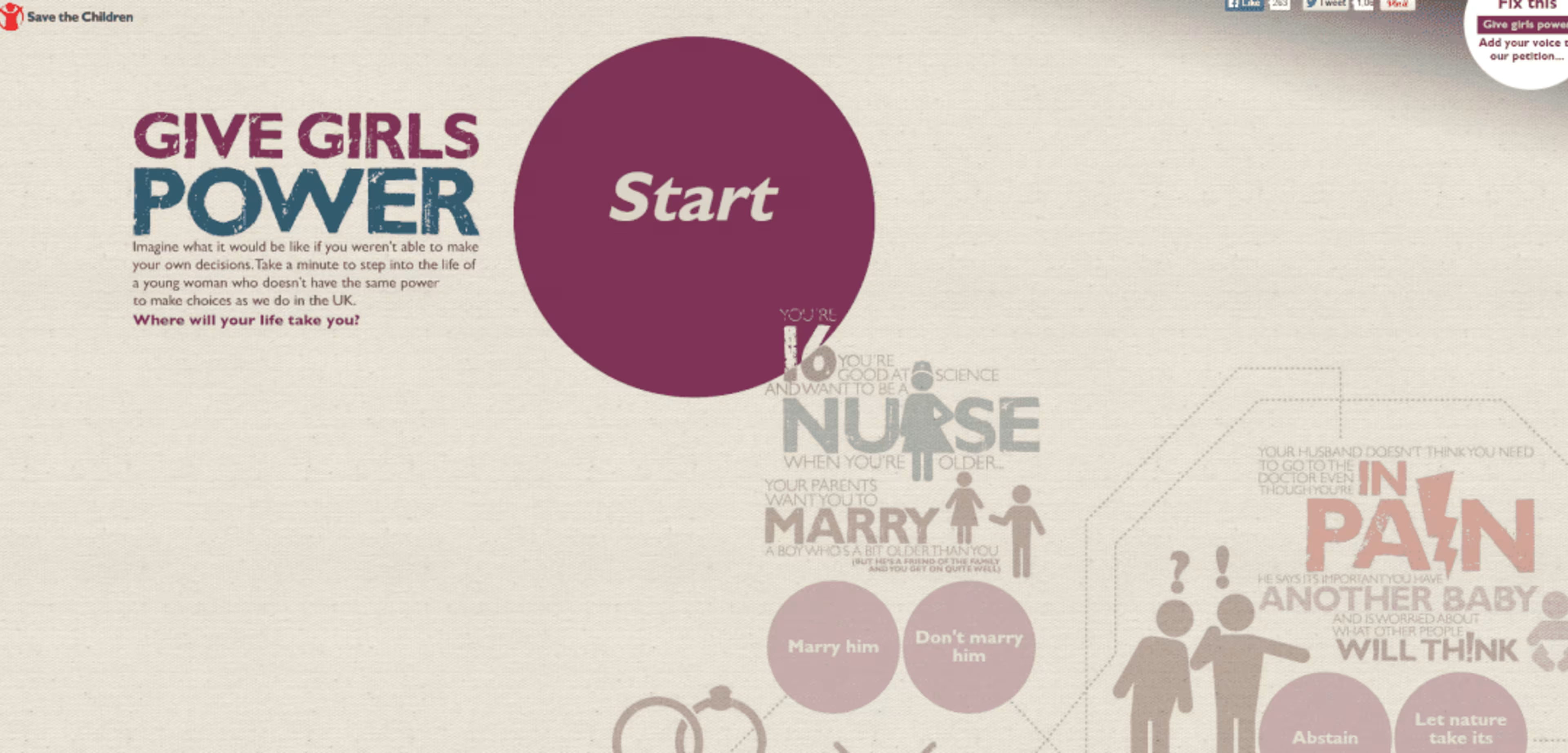
In a flow chart, cause-and-effect style, this initiative gives participants the opportunity to cycle through the life choices that young females have to make in developing countries in order to display what limited opportunities they really have.
The Guardian reports that the campaign helped the charity exceed its petition signatures by 18% and increased new audience engagement by almost 40%.
Other Notable Fundraiser Gamification Examples
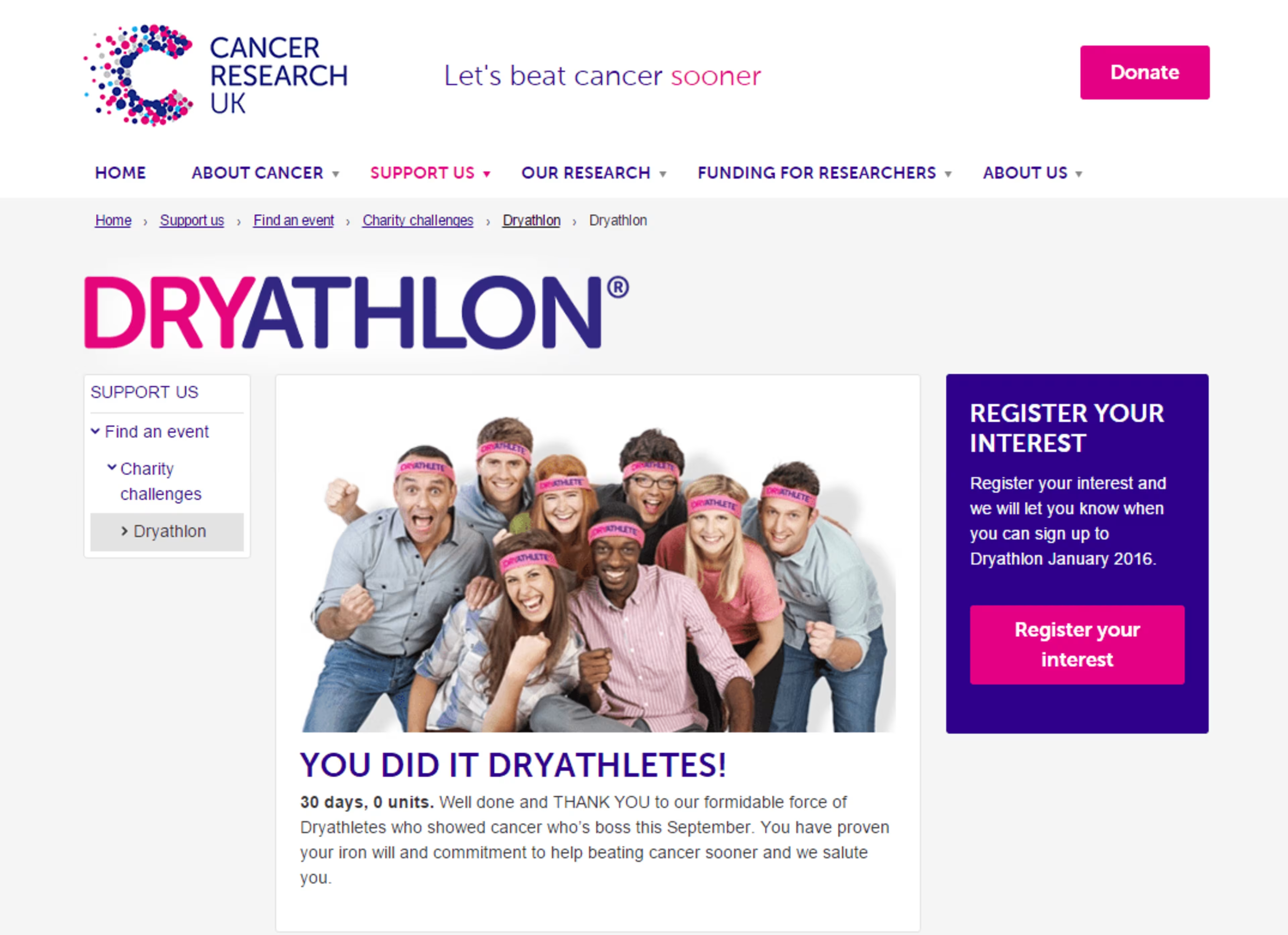
Need relief from the guilt of eating the mountains of turkey, mashed potatoes, and pie from the holiday season while simultaneously helping to fund cancer research? Why not try being a “dryathlete” for the month of January?
The Dryathlon, held by Cancer Research UK, is an initiative which prompts participants to abstain from alcohol for a month to earn badges, measure their successes (in badges, calories, and money saved), and raise money to help fund cancer research. A noble goal for cancer patients and for your liver.
The campaign helps keep track of just how much money you are able to raise, by team or individual, through donations and sponsorships on a leaderboard, which creates a sense of competition. For the first year, Dryathlon was able to raise over $6 million dollars and had more than 35,000 participants in its program.
Swedish Red Cross Charity Arcade
We have been talking about ways to make fundraising more like a game, but what about games that become a fundraiser? The Swedish Red Cross took the idea of fundraising gamification quite literally and now offer retro arcade games in airports as a way to raise money for charity.
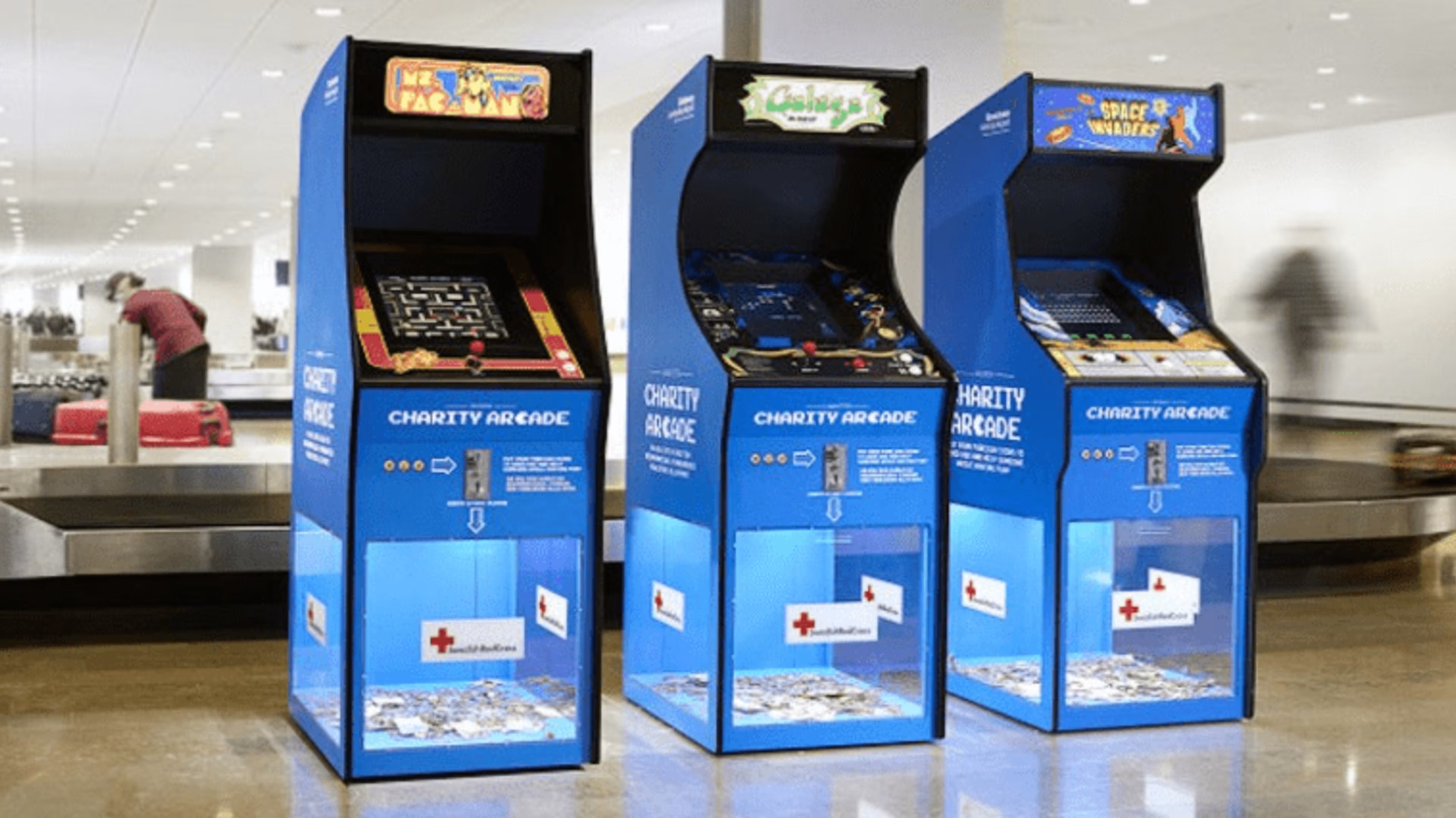
Instead of your typical coin collector, these machines allow you to play some of your retro favorites, such as Ms. Pac-Man, Space Invaders, and Galaga, in return for your donations to charity. These machines were made to accept coins of any currency, giving you the perfect opportunity to alleviate your boredom while waiting at one of two Star Wars-sounding Swedish airports: Stockhold Arlanda and Goteborg Landvetter.
The average person spends about 90 minutes a day on their phone, which adds up to 23 days a year spent on that glowing rectangle that you carry around with you everywhere. That’s a lot of phone time!
This is a big plus for Help for Heroes who decided to partner up with Supersonic Software to create and market a mobile game aimed at raising money for wounded soldiers. Hero Bears is a mobile game that has you navigate through dangerous terrain, jump over gaps, and avoid other obstacles to collect coins and carry your wounded bear to safety. Point systems and leaderboards are used to measure top players, which encourage continued gameplay to try to boost your ranking. Who knew helping your fellow man would be so fun?
Conclusion
The possibilities for gamifying your fundraising experience are endless with enough thought power and creativity!
Did we miss any significant details or campaigns? Have you ever attempted to gamify one of your fundraising campaigns? What worked and what didn’t? Let us know in the comments below!